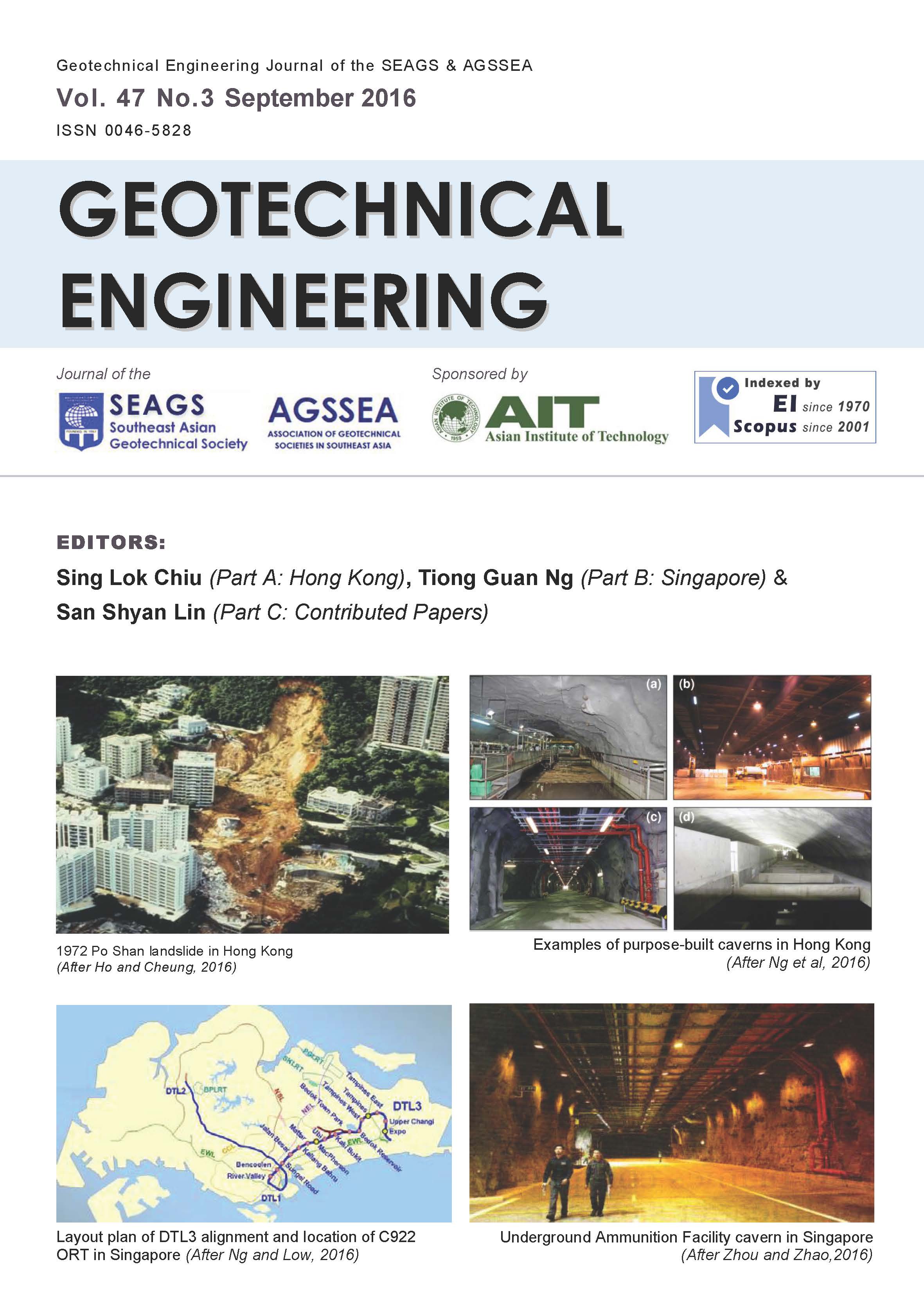Advances and Challenges in Underground Space Use in Singapore
Main Article Content
Abstract
Despite its promise and many benefits for sustainable urban development, the use of underground space has tended to be the last resort, due to high development cost and the complexities in the planning and development of underground space. In 2010, the Economic Strategies Committee of the Singapore government made developing underground space part of the government’s long-term economic strategy with specific recommendations on master planning, geological investigations, investment in research and development, and various policy issues. With this, the use of underground space has been elevated to a strategic level and has become an economic imperative in landscarce Singapore. The ESC report also recommended that the government should take the lead in catalyzing the use of underground space. Based on these recommendations, the Singapore government has taken various initiatives and studies, and initiated various research projects in support of these initiatives. This top-down strategy has also made it possible to plan and coordinate the development of underground space in a holistic manner, and helps overcome the key challenges of the systems. This paper gives a review of advances in underground space development, highlights some key challenges, and discusses the various recent studies and planning issues, and examines possible strategies for future use of underground space in Singapore.
Article Details

This work is licensed under a Creative Commons Attribution-NonCommercial-NoDerivatives 4.0 International License.
Copyright © 2019 Association of Geotechnical Societies in Southeast Asia (AGSSEA) - Southeast Asian Geotechnical Society (SEAGS).


